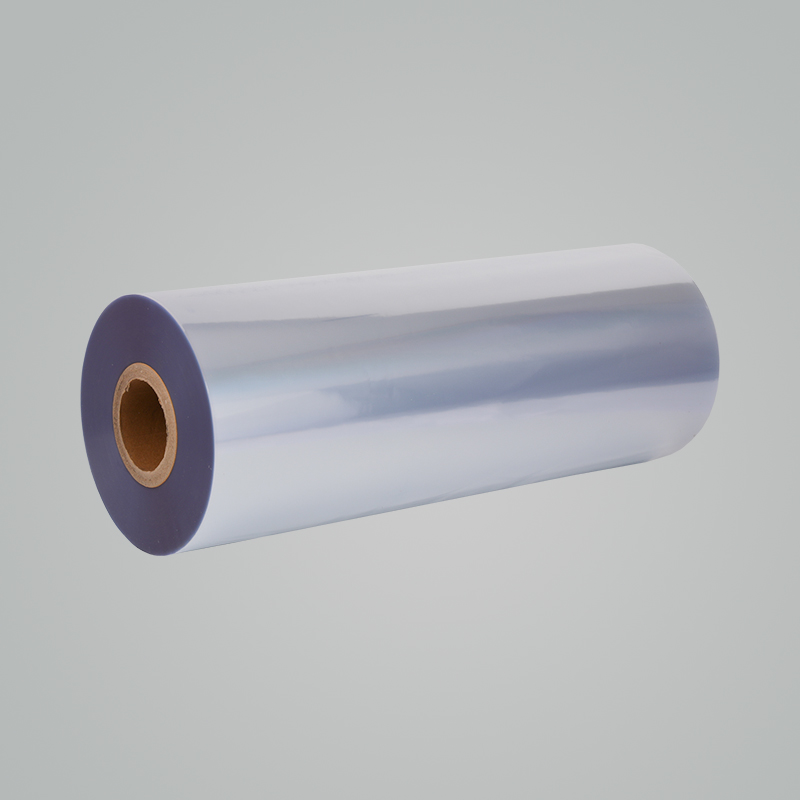Cast PVC Shrink Film
Material:PVC Shrink Film
The cooling rate after extrusion significantly impacts both the shrink properties and crystallinity of cast PVC shrink film. Here's how:
Shrink Properties
Molecular Orientation:
Rapid Cooling: Rapid cooling can lock in the molecular orientation created during the extrusion process. This can lead to higher shrinkage as the molecules have less time to relax and are more likely to return to their original, pre-stretched state when reheated.
Slow Cooling: Slow cooling allows the molecules more time to relax and return to a less oriented state. This can result in lower shrinkage because the molecular chains are already closer to their equilibrium state.
Residual Stresses:
Rapid Cooling: Higher residual stresses are often present in films that are rapidly cooled. These stresses can contribute to more significant shrinkage when the film is later heated, as the material seeks to relieve these stresses.
Slow Cooling: With slower cooling, residual stresses are reduced, leading to less shrinkage during application as the film is already more relaxed.

Crystallinity
Formation of Crystals:
Rapid Cooling: Rapid cooling can inhibit the formation of crystalline regions within the PVC film. This results in a more amorphous structure, which typically has higher shrinkage properties because amorphous regions are less stable and more prone to molecular movement upon heating.
Slow Cooling: Slow cooling allows time for the formation of crystalline regions. Crystalline regions are more stable and less likely to move when heated, resulting in lower shrinkage properties.
Crystalline Size and Distribution:
Rapid Cooling: The crystalline regions that do form during rapid cooling are often smaller and less uniformly distributed. This can create a film with varied mechanical properties and inconsistent shrinkage behavior.
Slow Cooling: With slow cooling, larger and more uniformly distributed crystalline regions can form, leading to more consistent mechanical properties and shrinkage behavior.
Overall Impact
Balance Between Amorphous and Crystalline Phases: The balance between the amorphous and crystalline phases is crucial. Films with a higher amorphous content (due to rapid cooling) will generally have higher shrinkage properties. In contrast, films with higher crystallinity (due to slower cooling) will exhibit lower shrinkage.
Mechanical Properties: The crystallinity also affects mechanical properties such as tensile strength, toughness, and clarity of the PVC shrink film. Higher crystallinity generally improves tensile strength and reduces shrinkage but may reduce clarity and increase brittleness.
The cooling rate after extrusion plays a critical role in determining the final properties of PVC shrink film. Rapid cooling typically results in higher shrinkage and lower crystallinity, while slow cooling leads to lower shrinkage and higher crystallinity. The choice of cooling rate must be optimized based on the desired balance of shrink properties and mechanical performance for the intended application.